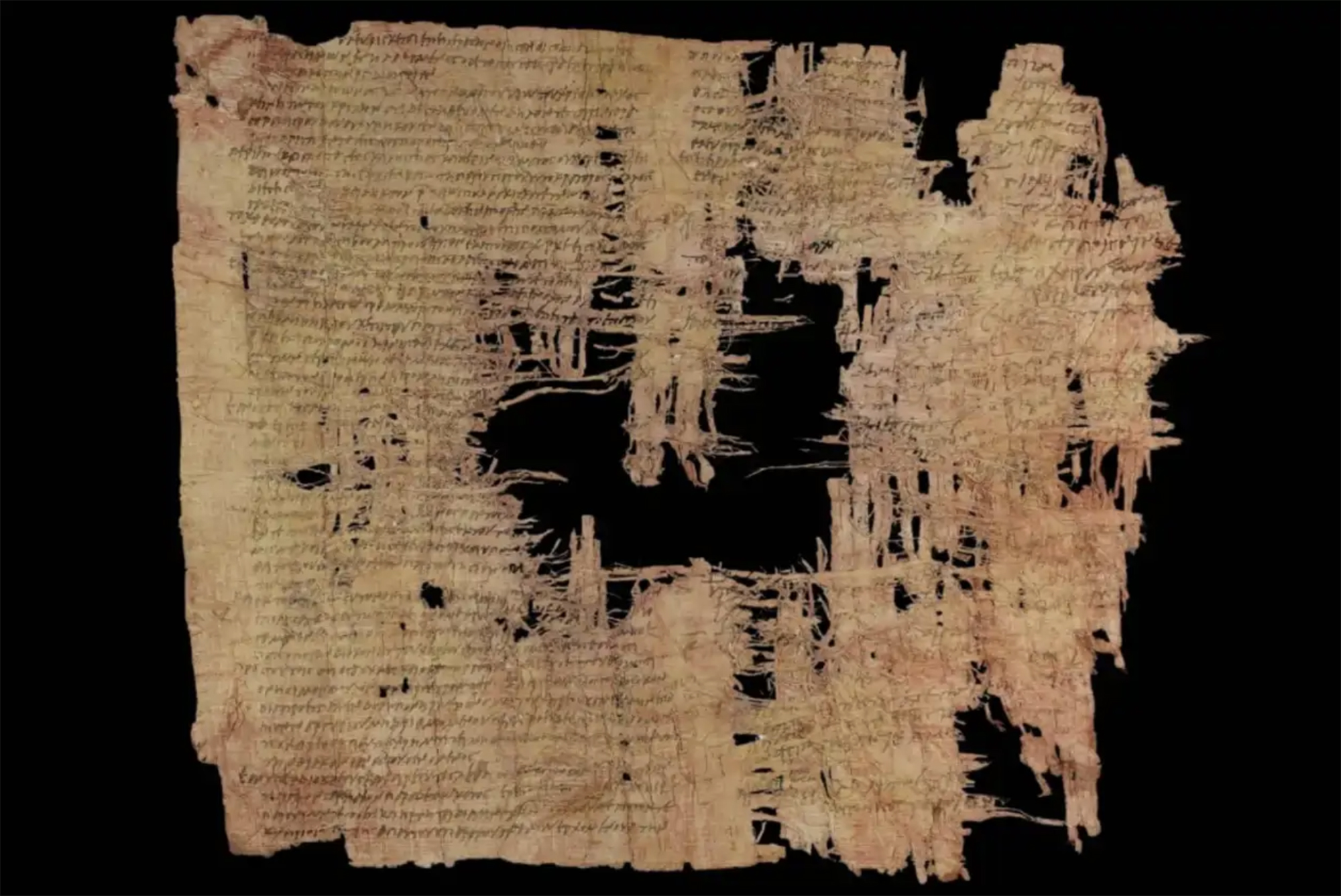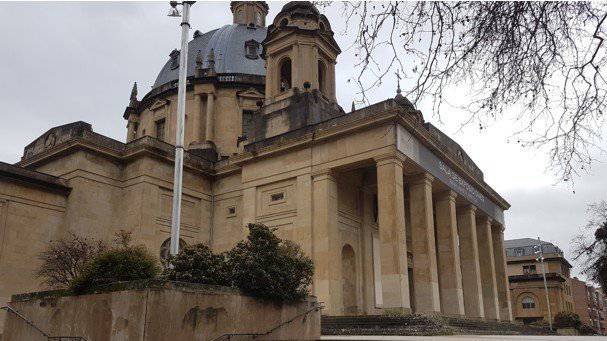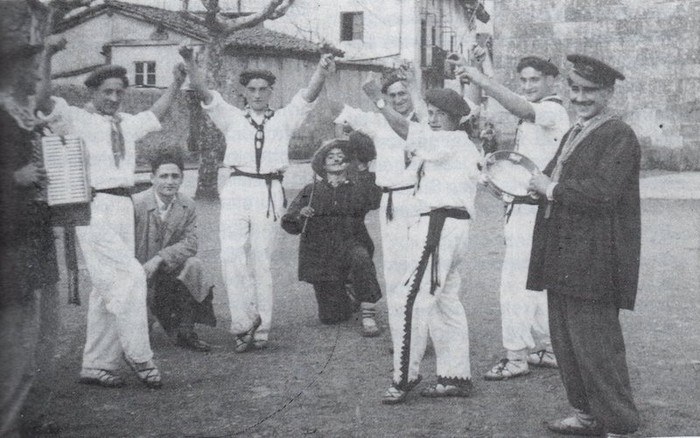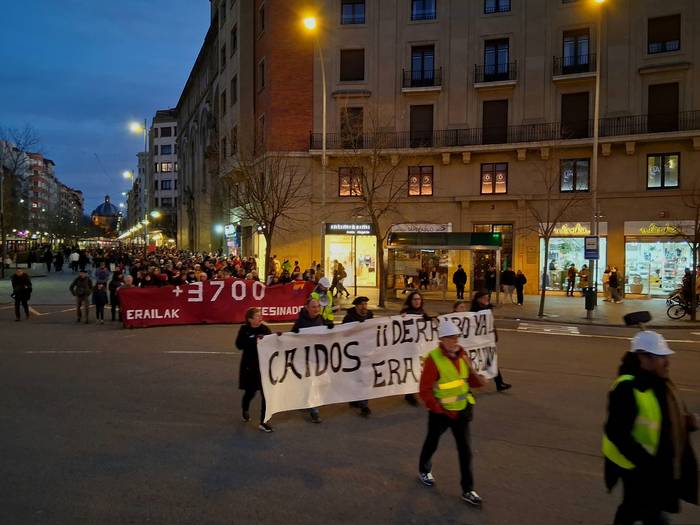Dracula, a fine ally of the Pope
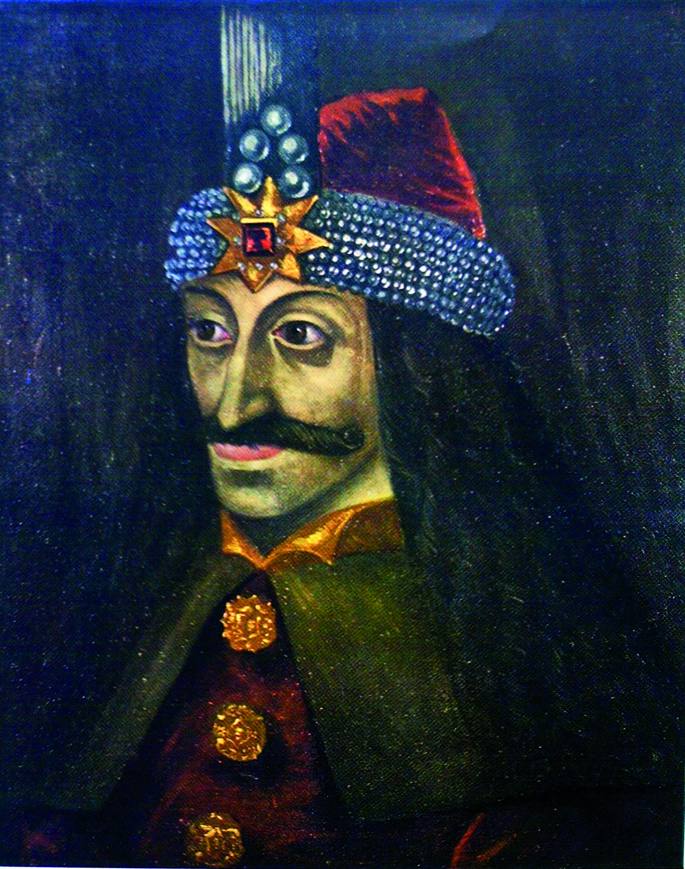
Manto, 1459. Pope Pius II brought together the representatives of the Christian countries in the Council to organize a new crusade against the Turks who continued to make progress since Constantinople took office. But, with exceptions, the European leaders did not listen to the call, which was involved in their own hostilities. One of the two exceptions was Hungarian King Mattias Corvinus and the other Prince Vlad II of Valaquia, also known as the exalter, most known since Bram Stoker created the character of Dracula in 1897.
Both leaders were very close to the Turks and, therefore, they were the ones who had the greatest interest in the Pope’s proposal moving forward. They decided to make a Pius II.arekin and the Pope gave them 40,000 ducts to form an army that would stop the Turks and give them permission to join them. Encouraged by the Pope’s economic support, Vladen decided not to pay the tax that Sultan Mehmed II required as a gesture of submission – 500 men for the army of 10,000 ducts and genizares-. Unable to accept contempt, the Sultan ordered Vlad to be killed. To this end, Turkish General Hazma Bey asked to meet with the prince of Valencia on the pretext of agreeing the conditions for a new agreement with Turkey. Vlade knew that this meeting was a trap, went ahead of his enemies and spurred all the members of the Turkish delegation. Without informing the Pope and the Hungarian allies of his intentions, the prince crossed the Danube River and attacked the Ottoman army. About 20,000 soldiers were trampled to death, forming a huge forest of sticks and bodies.
Through the words of his representative, Nicola di Modrussa, the Pope was aware of the acts of Vladé: “Some of them were crushed under the wheels of the chariots, others were naked and skinned, others were burned to the brasa, most of them were shot dead, the lumps got into the anus and, after passing through the viscera, they came out of their mouth.”
When the spiritual leader of the Christian heard of these horrors against Christian morality, he did nothing. In short, the political objectives, the tracing of the Ottomans, and the nightmare sketch of dead bodies was an effective psychological weapon against the unbelievers.
Judea, 2nd century AD. In the turbulent atmosphere of the Roman province, a trial was held against Gaddaliah and Saul, accused of fraud and tax evasion. The trial was reported on a 133-line paper in Greek (pictured). Thinking that it was a Nabataean document, the papyrus was... [+]
Poloniar ikerlari talde batek Sevillako Italica aztarnategiko Txorien Etxea aztertu du, eta eraikinaren zoruko mosaikoak erromatar garaiko hegazti-bilduma xeheena dela ondorioztatu du.
Txorien etxean 33 hegazti daude mosaikoetan xehetasun handiz irudikatuta. Beste... [+]
Archaeologists have discovered more than 600 engraved stones at the Vasagård site in Denmark. According to the results of the data, dating back to 4,900 years ago, it is also known that a violent eruption of a volcano occurred in Alaska at that time. The effects of this... [+]
Vietnam, February 7, 1965. The U.S. Air Force first used napalma against the civilian population. It was not the first time that gelatinous gasoline was used. It began to be launched with bombs during World War II and, in Vietnam itself, it was used during the Indochina War in... [+]
I just saw a series from another sad detective. All the plots take place on a remote island in Scotland. You know how these fictions work: many dead, ordinary people but not so many, and the dark green landscape. This time it reminded me of a trip I made to the Scottish... [+]
Japan, 8th century. In the middle of the Nara Era they began to use the term furoshiki, but until the Edo Era (XVII-XIX. the 20th century) did not spread. Furoshiki is the art of collecting objects in ovens, but its etymology makes its origin clear: furo means bath and shiki... [+]












